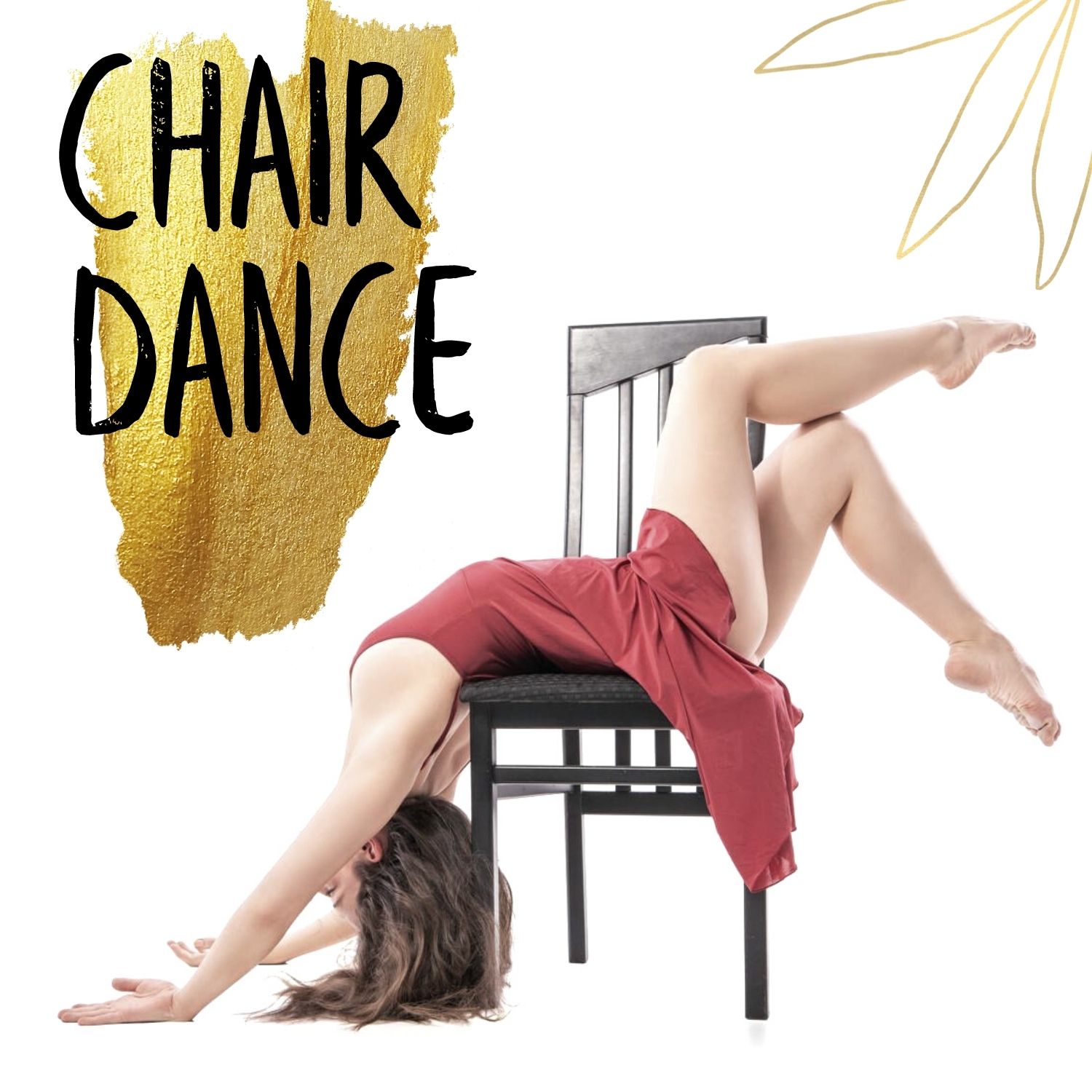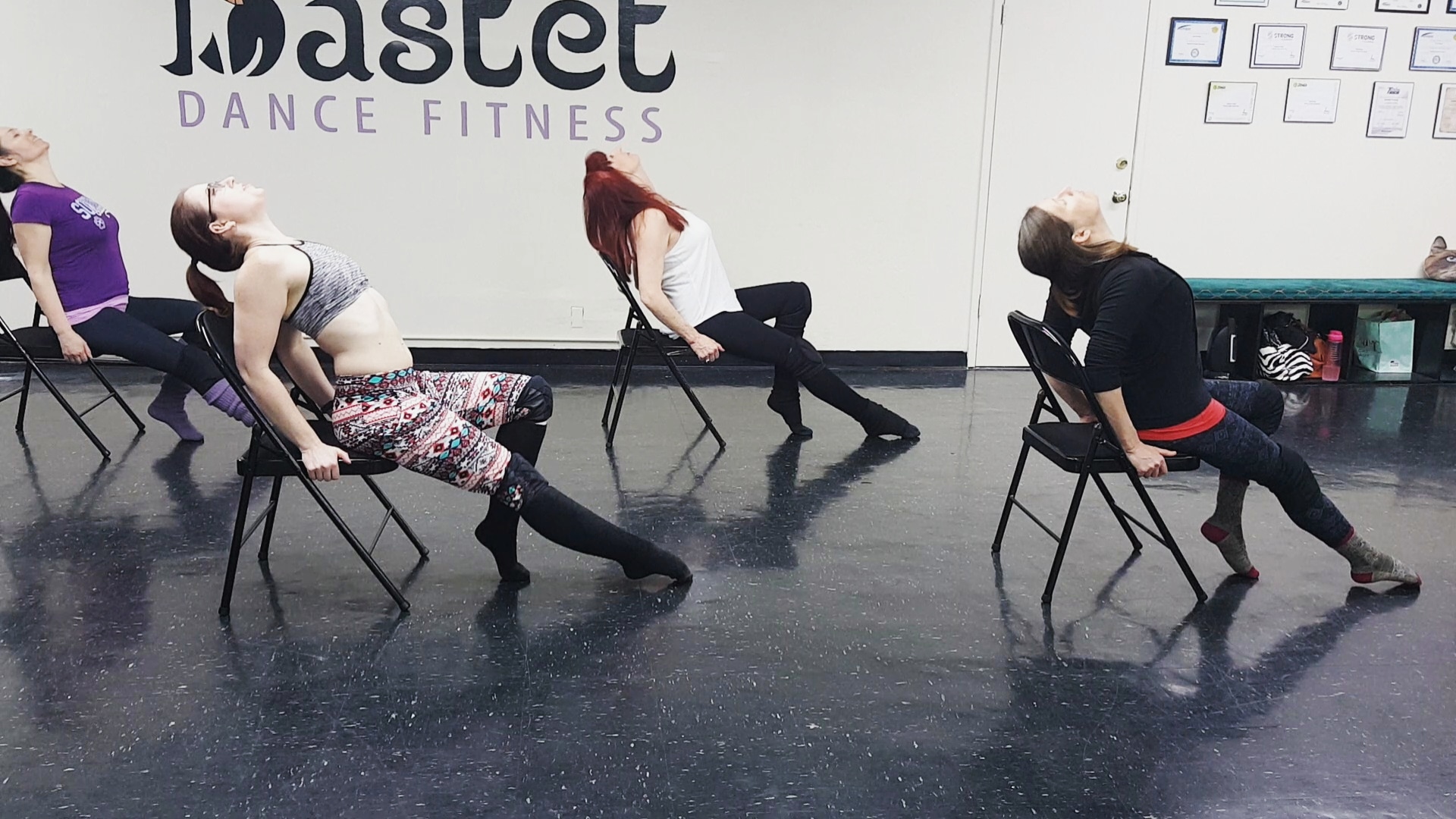Chair Dance Chair Features: Best Chair For Chair Dance

Selecting the right chair is paramount for a safe and effective chair dance experience. The chair becomes an extension of your body, influencing your movements, balance, and overall performance. The ideal chair balances stability with comfort, allowing for a wide range of dynamic movements without compromising safety.
Chair Selection Criteria for Chair Dance
Choosing a chair for chair dance requires careful consideration of several key features. Height adjustability allows dancers of varying heights to find a comfortable and ergonomically sound position. A stable base, with a sufficient diameter, prevents tipping during spins and other dynamic movements. Finally, durable materials ensure the chair can withstand the rigors of regular use and prevent unexpected collapses during performances.
Comparison of Chair Types
The following table compares three common chair types suitable for chair dance, highlighting their suitability based on key features.
| Feature | Rolling Office Chair | Dining Chair | Specialized Dance Chair (Hypothetical) |
|---|---|---|---|
| Height Adjustability | Excellent: Typically offers a wide range of height adjustments via a pneumatic lift. | Poor: Fixed height, limiting adaptability to different dancers and dance styles. | Excellent: Precise and easily adjustable height, potentially with memory settings. |
| Seat Stability | Good: Wide, usually padded seat; however, stability can be affected by the base’s condition and floor surface. | Moderate: Stability depends on the chair’s construction and leg design; can be less stable than office chairs during dynamic movements. | Excellent: Designed for stability with a wide, reinforced base and possibly a weighted bottom. |
| Base Diameter | Good: Typically a five-star base providing a relatively large footprint. | Poor: Usually a smaller footprint, potentially leading to instability during vigorous movements. | Excellent: Larger diameter base than standard chairs, designed for maximum stability. |
| Material Durability | Good: Generally made from durable materials, but the quality varies significantly. | Moderate: Durability depends on the material (wood, metal, plastic) and construction quality. | Excellent: High-strength materials designed to withstand the stresses of chair dance. |
Importance of Seat Stability and Comfort
A stable and comfortable seat is crucial for preventing injuries during chair dance. An unstable chair can lead to falls and sprains, while an uncomfortable seat can cause fatigue and muscle strain, impacting performance and potentially leading to long-term problems. The chair’s design should promote proper posture and distribute weight evenly to minimize pressure points.
Ideal Weight Distribution for Optimal Balance
Imagine a chair with a circular seat. The ideal weight distribution during dynamic movements should be centered, maintaining a stable vertical axis. This means the dancer’s weight should be evenly distributed across the seat’s surface, preventing any tilting or shifting. A visual representation would show a concentric circle pattern within the seat’s surface, illustrating the equal distribution of weight across all points. Any deviation from this center point, even slight, can increase the risk of imbalance and potential falls.
Comparison of Chair Materials
Different materials offer varying benefits and drawbacks for chair dance.
Wood offers a natural aesthetic and can be quite durable, but heavier wood chairs may be less maneuverable. Metal chairs are often sturdy and lightweight, but may lack the comfort of padded seats. Plastic chairs are lightweight and affordable, but may not offer the same level of stability or longevity as wood or metal options. The choice depends on the dancer’s preferences and the intensity of their routines.
Chair Dance Styles and Chair Selection

The synergy between chair dance style and chair selection is paramount for both artistic expression and dancer safety. The right chair can elevate a performance, while the wrong one can hinder technique and even lead to injury. Understanding this relationship allows dancers to optimize their routines and minimize risk. This section will explore how different dance styles influence chair choices and detail the crucial features a chair must possess for optimal performance.
Best chair for chair dance – Different chair dance styles demand different chair characteristics. The fluidity of lyrical movements contrasts sharply with the sharp precision of jazz, and the contemporary style often incorporates floorwork, requiring a chair that is both supportive and easily maneuverable. Choosing the right chair is essential for maximizing the dancer’s potential and minimizing risk of injury.
Chair Selection Based on Dance Style, Best chair for chair dance
The following points highlight the specific chair requirements for various chair dance styles:
- Lyrical Chair Dance: Lyrical chair dance emphasizes fluidity and emotional expression. A chair with a comfortable, slightly padded seat and a stable, yet lightweight base is ideal. The dancer needs to easily transition between seated and standing positions, so maneuverability is key. A chair with rounded edges also helps to prevent injury during graceful movements.
- Jazz Chair Dance: Jazz chair dance is characterized by sharp, precise movements and quick changes in direction. A sturdy chair with a strong base and a non-slip surface is essential. The chair should be able to withstand the impact of quick movements and provide stability during spins and turns. A lower seat height might be preferred to allow for greater leg extension and dynamic movements.
- Contemporary Chair Dance: Contemporary chair dance often incorporates floorwork and more unconventional movements. A chair that is both sturdy and easily movable is needed. The chair’s height and weight are less critical than its stability and the ease with which it can be moved out of the way during floorwork sequences. Padding on the seat and back might be helpful for comfort during floorwork sections.
Essential Chair Features for Various Dance Techniques
Beyond the style of dance, certain chair features are crucial for supporting various dance techniques. These features directly impact both the dancer’s performance and their safety.
- Stability: A wide, stable base is essential for all chair dance styles, particularly for spins and lifts. This prevents tipping and ensures the dancer’s safety. A heavier chair base generally provides better stability.
- Durability: The chair must be able to withstand the stress of repeated use and vigorous movements. A robust frame and strong construction are crucial. Materials like solid wood or heavy-duty metal are generally preferable to lighter materials.
- Ergonomic Design: The chair’s shape and height should support the dancer’s posture and allow for a comfortable range of motion. A curved backrest can offer additional support during extended seated sections.
- Non-Slip Surface: A non-slip seat and base are vital to prevent accidents. This is particularly important during quick movements and spins.
Chair Modifications for Enhanced Performance and Safety
Modifying a standard chair can significantly enhance its suitability for chair dance. These modifications can improve both performance and safety.
- Adding Padding: Adding padding to the seat and backrest can enhance comfort and reduce the risk of injury during prolonged use. This is particularly beneficial for styles that involve extended seated sections, such as lyrical chair dance.
- Reinforcing the Base: Reinforcing the base of the chair, perhaps by adding extra bracing or weighting it down, can improve stability, especially during spins and dynamic movements. This is crucial for jazz and contemporary styles which often involve more vigorous movements.
- Adjusting the Height: If possible, adjusting the chair’s height can optimize the dancer’s posture and range of motion. This is particularly useful for dancers of different heights or those who prefer a lower or higher seating position depending on the specific choreography.
